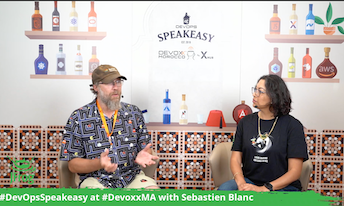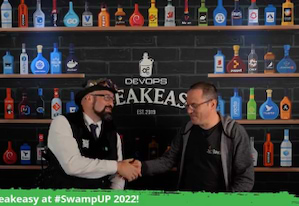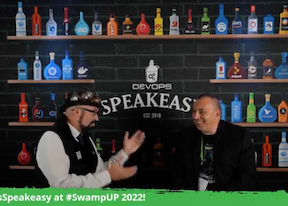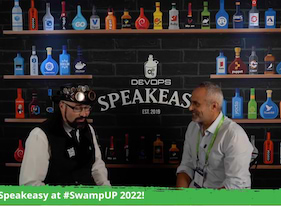Shaun Smith with DevOpsSpeakeasy at DevoxxMA 2022
October 4, 2022
< 1 min read
In this interview, we speak with Shaun Smith @shaunmsmith. Shaun leads product management of GraalVM at Oracle Labs where he focuses on Java Cloud Native technologies and frameworks. Containers are increasing the way Java applications are packaged and deployed. There are lots of qualities desirable in a containerized application like fast startup and low memory and CPU requirements, but size and security are also important considerations. Moving big container images around a network will increase the time it takes to start up a new K8s pod or launch a container, and “just enough operating system” container images with reduced attack surface area are also preferable. So what’s the smallest possible Java container image?






